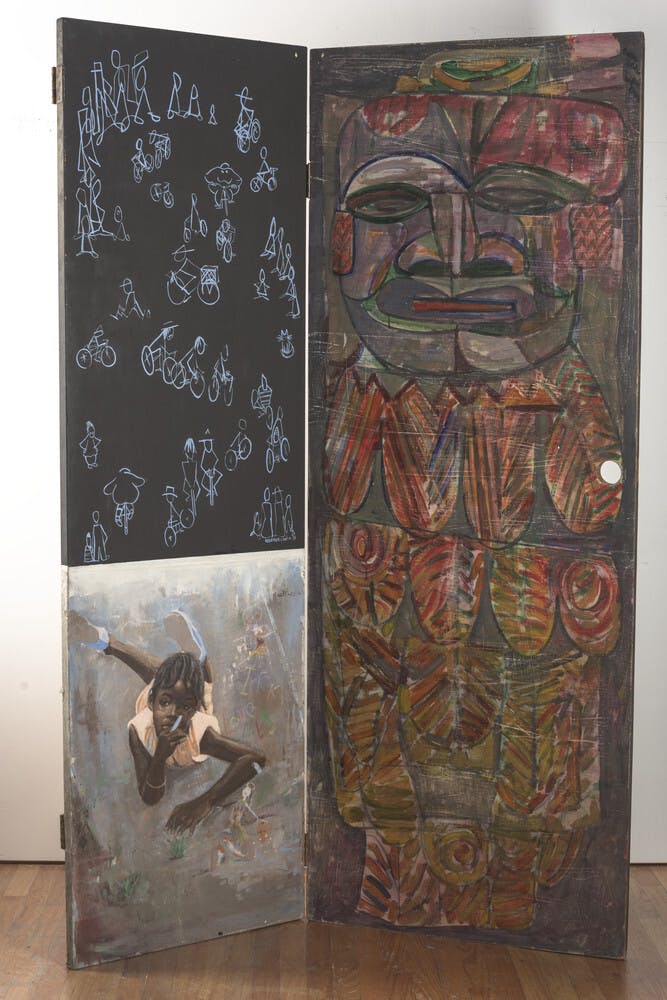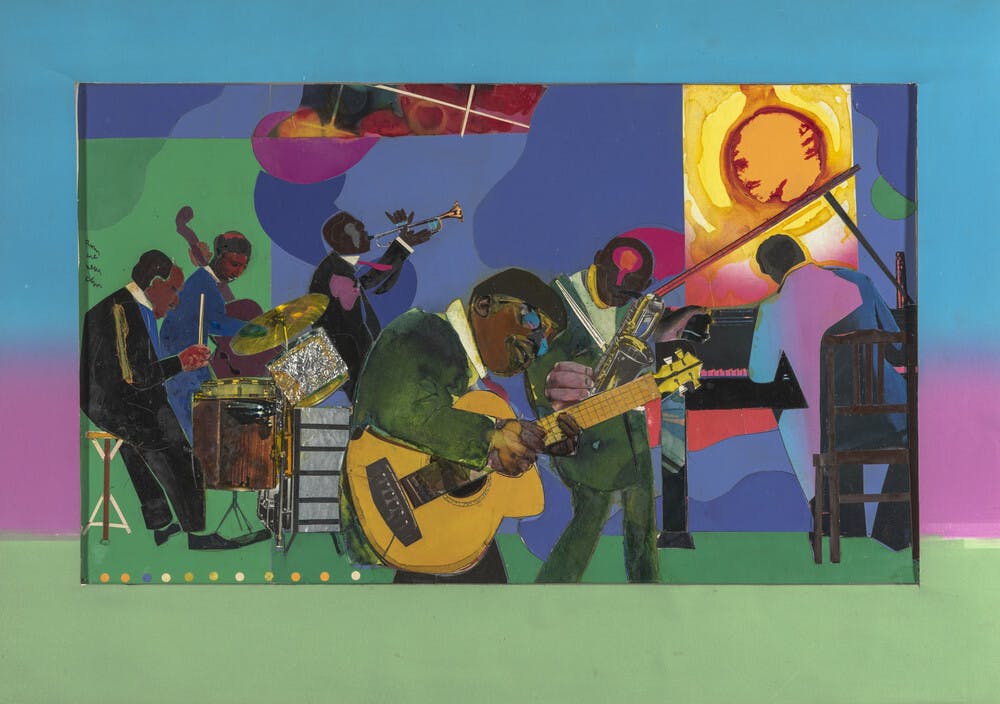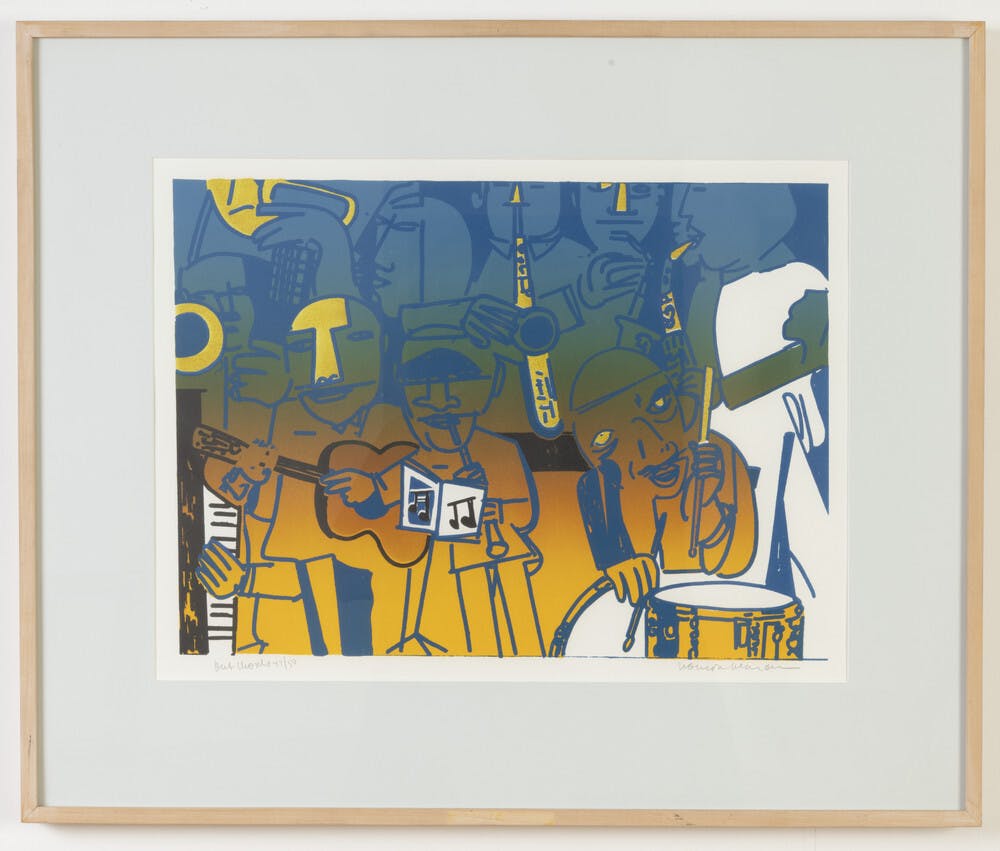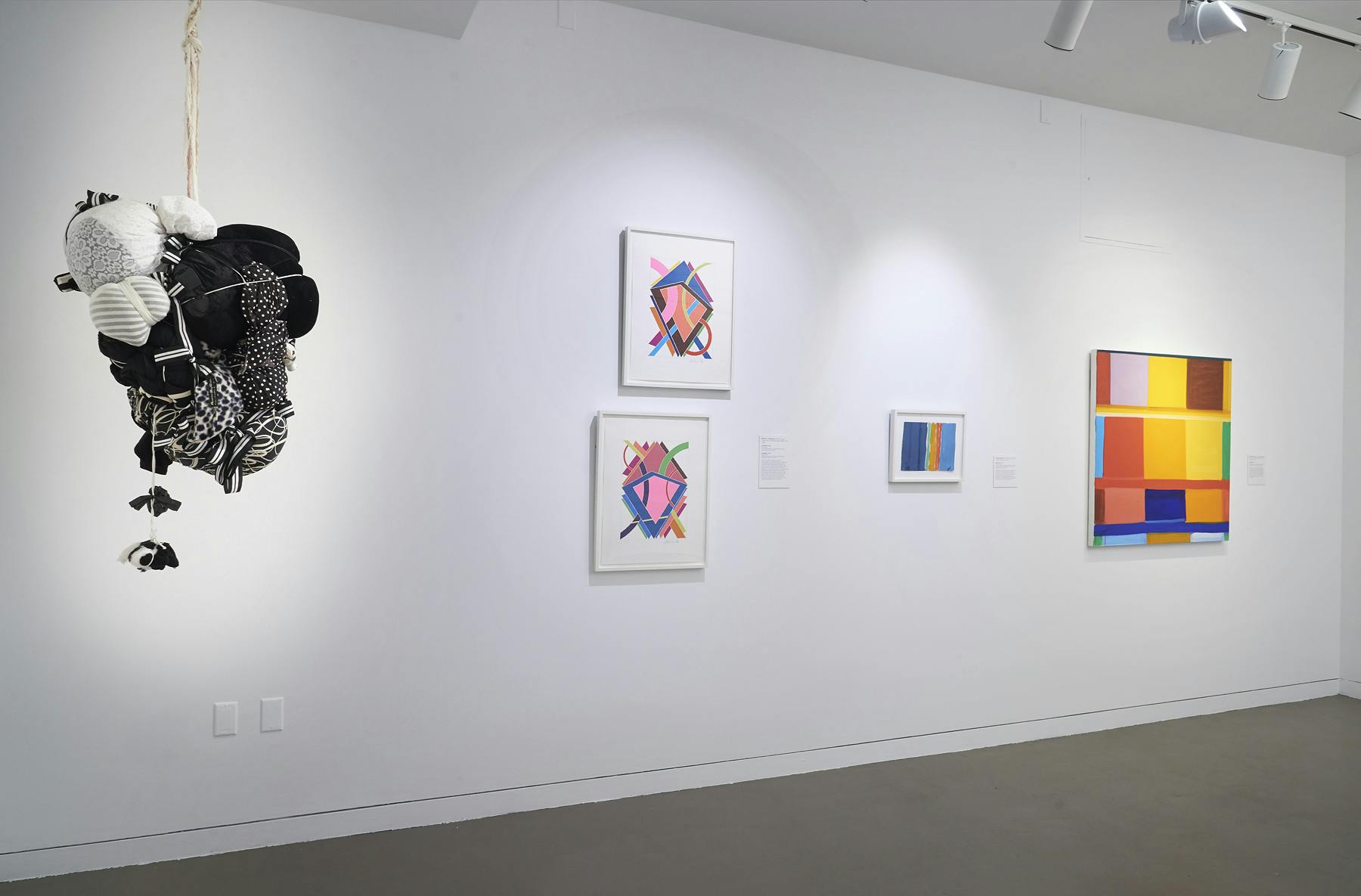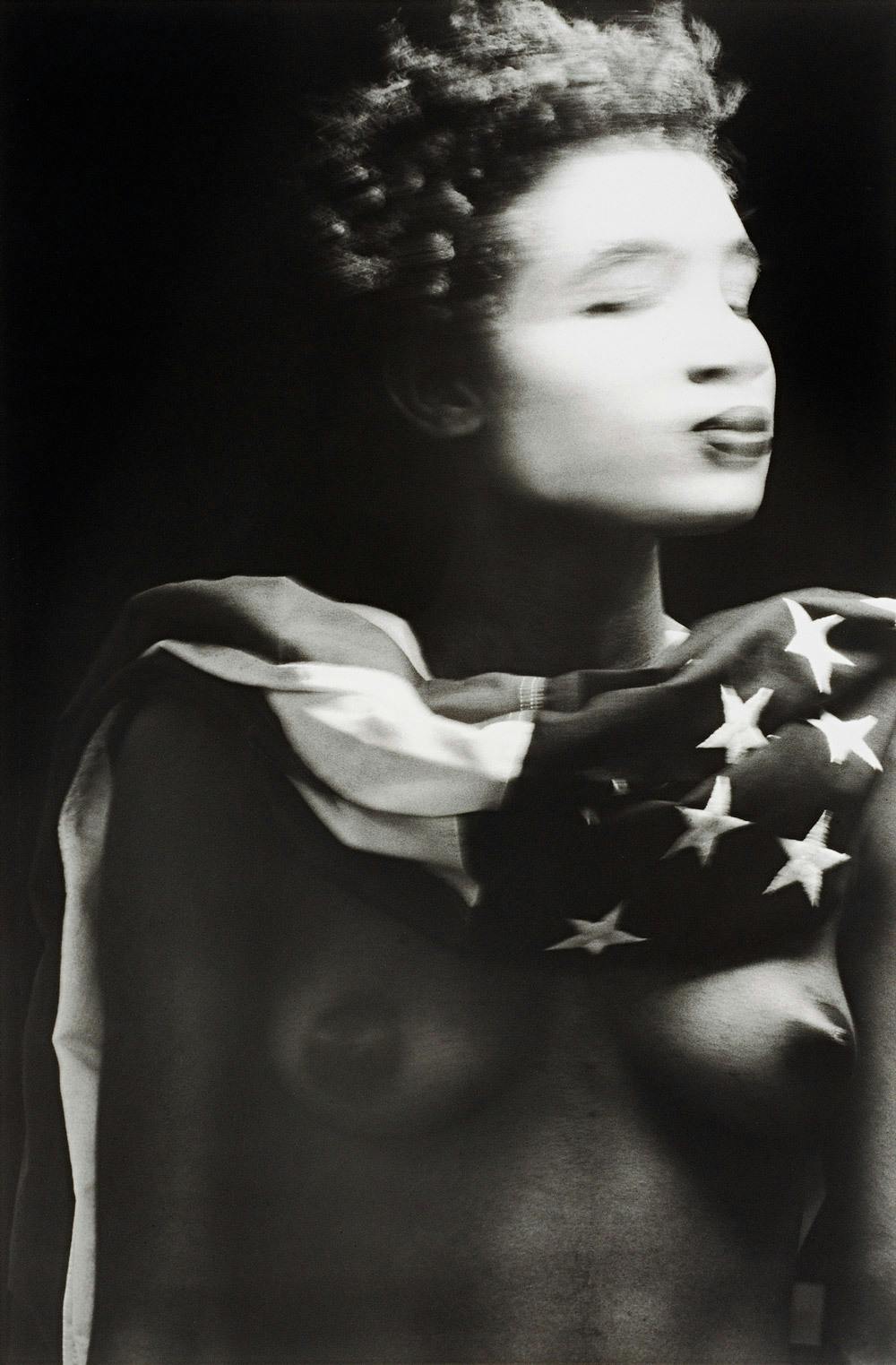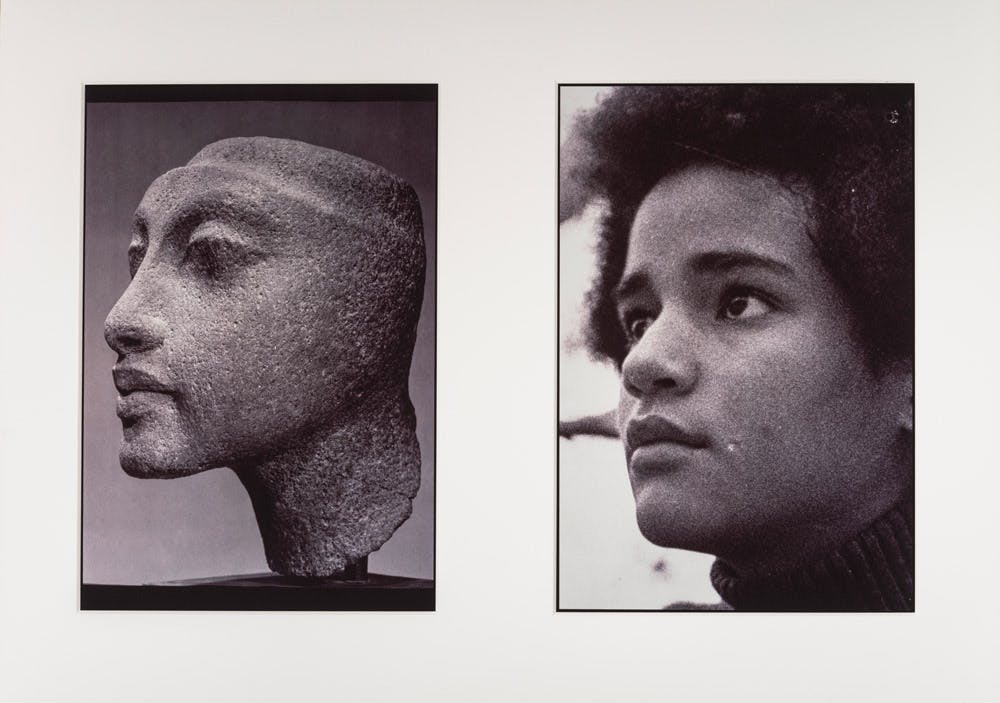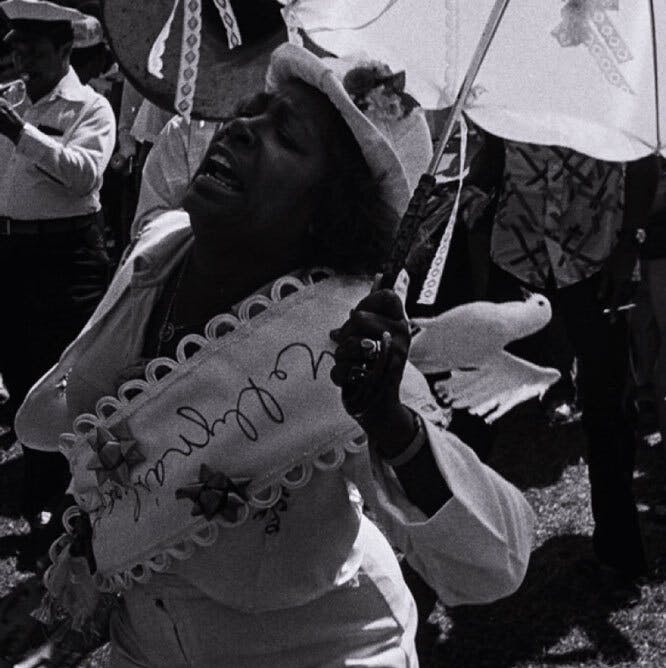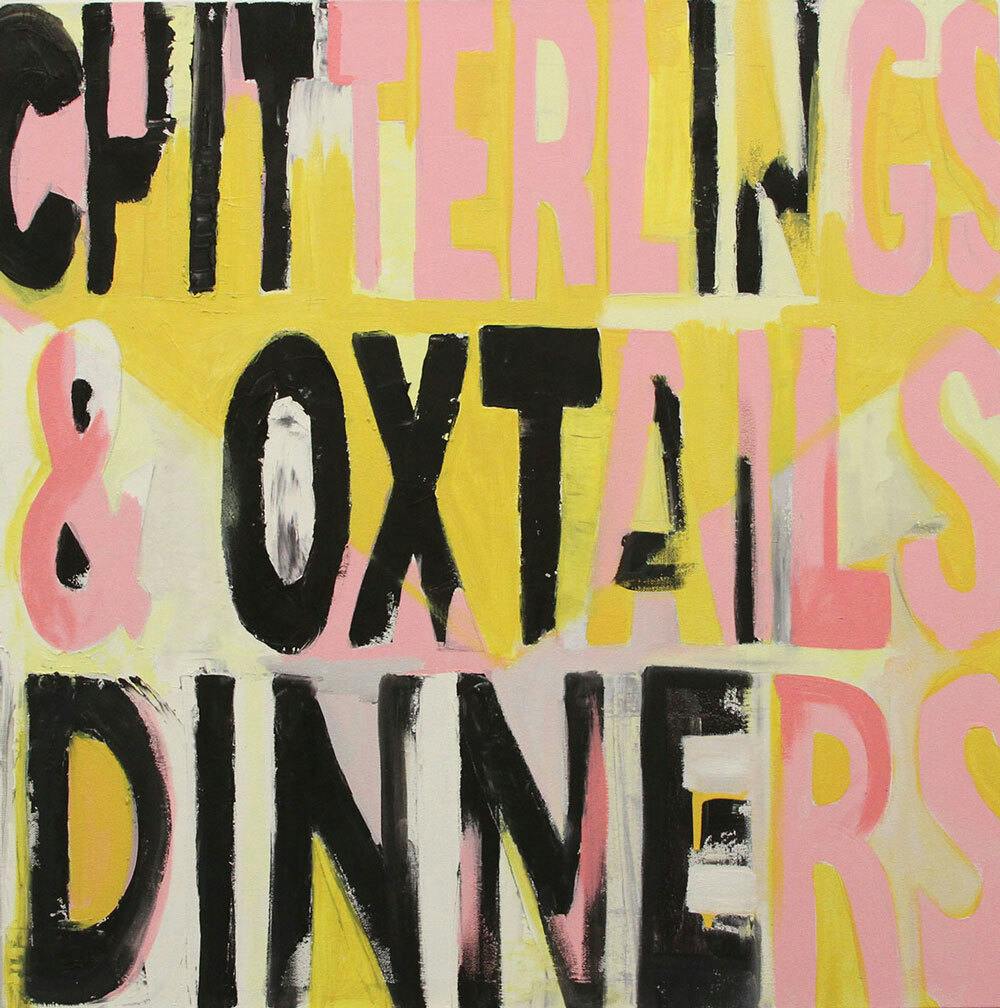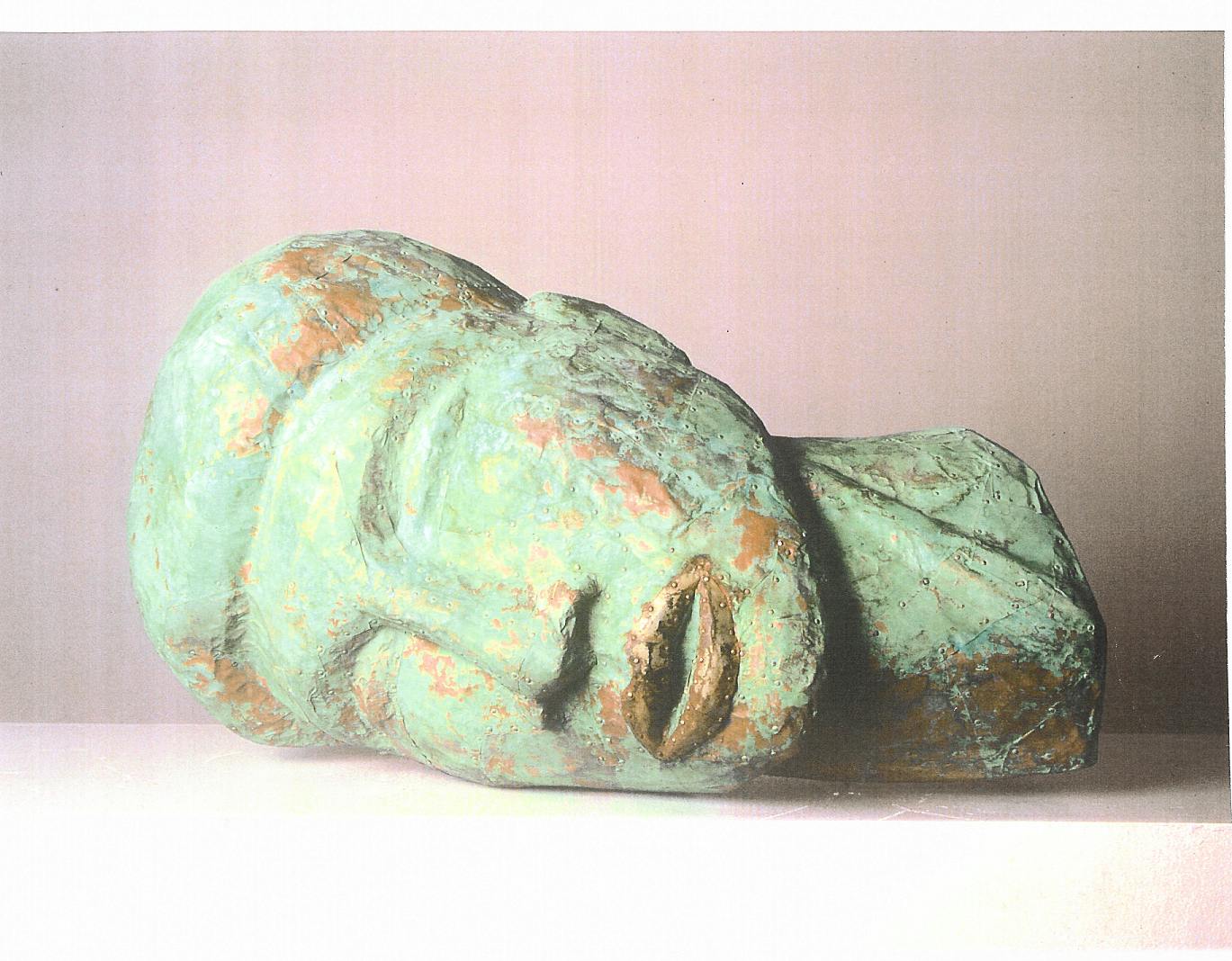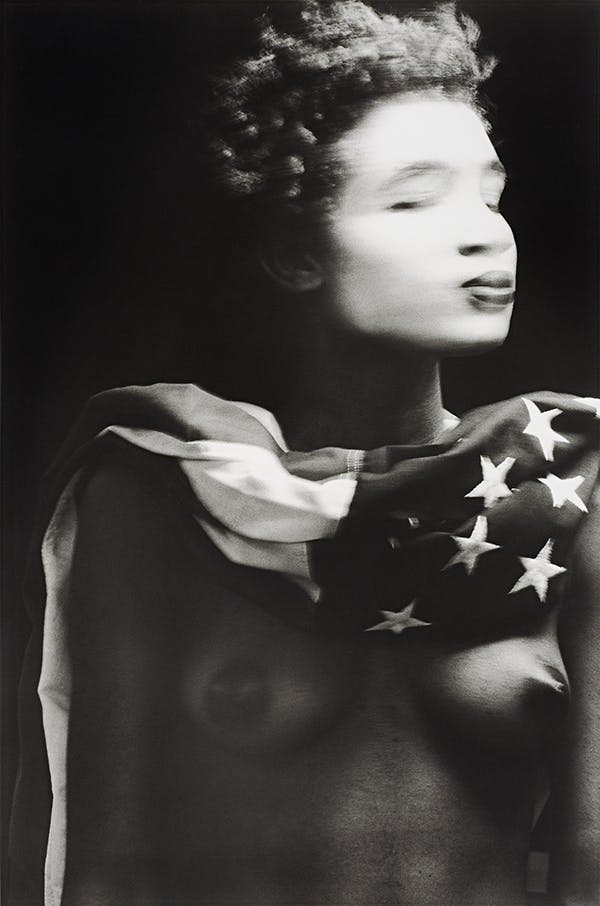Romare Bearden
(1911–1988)Romare Bearden’s works, which addressed topics ranging from Greek mythology to jazz, redefined representations of the Black experience, centering and revealing the interconnectivity between Black life in the United States, Africa, and the Caribbean.
Biography
Romare Bearden moved with his family from North Carolina to Harlem in 1914. Growing up, he was consistently surrounded by and interacted with luminaries of the Harlem Renaissance, including Countee Cullen, Duke Ellington, and Paul Robeson.
In the early 1930s, Bearden refused an offer to play Major League Baseball—an offer made only if he agreed to pass for white—and instead elected to pursue a future in art. Beginning his career as a political cartoonist, he became involved with the Harlem Artists Guild and frequented events held at Charles Alston’s studio, “306,” which served as the venue for Bearden’s first solo exhibition in 1940.
After serving in a segregated unit during World War II, Bearden studied in Paris with GI Bill funding. Though he returned to a job at the New York City Department of Social Services after the war, a position he had held since 1935, he committed himself wholeheartedly to his artmaking practice. He began making duplicates of European masterpieces on a Photostat machine, experimenting with color and applying pieces of the works in patches. These experimentations formed his foundational approach to collage—a medium that became Bearden's’ primary mode of representation, beginning in 1964. His works, which addressed topics ranging from Greek mythology to jazz, redefined representations of the Black experience, centering and revealing the interconnectivity between Black life in the United States, Africa, and the Caribbean.
Bearden studied at Lincoln University in Pennsylvania, Boston University, New York University, and the Art Students League. In addition to his work as an artist and writer, Bearden was a leader and activist. He was a founding member of the Spiral collective, Cinque Gallery, and the Black Academy of Arts and Letters. The Studio Museum presented a retrospective of his work, Memory and Metaphor: The Art of Romare Bearden, 1940–1987, in 1991. His work has also been featured in Studio Museum group exhibitions such as Invisible Americans: Black Artists of the 30s (1968); Challenge of the Modern: African-American Artists 1925–1945 (2003); and Circa 1970 (2016).
Exhibitions and Events
Romare Bearden
(1911–1988)Romare Bearden’s works, which addressed topics ranging from Greek mythology to jazz, redefined representations of the Black experience, centering and revealing the interconnectivity between Black life in the United States, Africa, and the Caribbean.
Untitled, n.d.
Biography
Romare Bearden moved with his family from North Carolina to Harlem in 1914. Growing up, he was consistently surrounded by and interacted with luminaries of the Harlem Renaissance, including Countee Cullen, Duke Ellington, and Paul Robeson.
In the early 1930s, Bearden refused an offer to play Major League Baseball—an offer made only if he agreed to pass for white—and instead elected to pursue a future in art. Beginning his career as a political cartoonist, he became involved with the Harlem Artists Guild and frequented events held at Charles Alston’s studio, “306,” which served as the venue for Bearden’s first solo exhibition in 1940.
After serving in a segregated unit during World War II, Bearden studied in Paris with GI Bill funding. Though he returned to a job at the New York City Department of Social Services after the war, a position he had held since 1935, he committed himself wholeheartedly to his artmaking practice. He began making duplicates of European masterpieces on a Photostat machine, experimenting with color and applying pieces of the works in patches. These experimentations formed his foundational approach to collage—a medium that became Bearden's’ primary mode of representation, beginning in 1964. His works, which addressed topics ranging from Greek mythology to jazz, redefined representations of the Black experience, centering and revealing the interconnectivity between Black life in the United States, Africa, and the Caribbean.
Bearden studied at Lincoln University in Pennsylvania, Boston University, New York University, and the Art Students League. In addition to his work as an artist and writer, Bearden was a leader and activist. He was a founding member of the Spiral collective, Cinque Gallery, and the Black Academy of Arts and Letters. The Studio Museum presented a retrospective of his work, Memory and Metaphor: The Art of Romare Bearden, 1940–1987, in 1991. His work has also been featured in Studio Museum group exhibitions such as Invisible Americans: Black Artists of the 30s (1968); Challenge of the Modern: African-American Artists 1925–1945 (2003); and Circa 1970 (2016).
